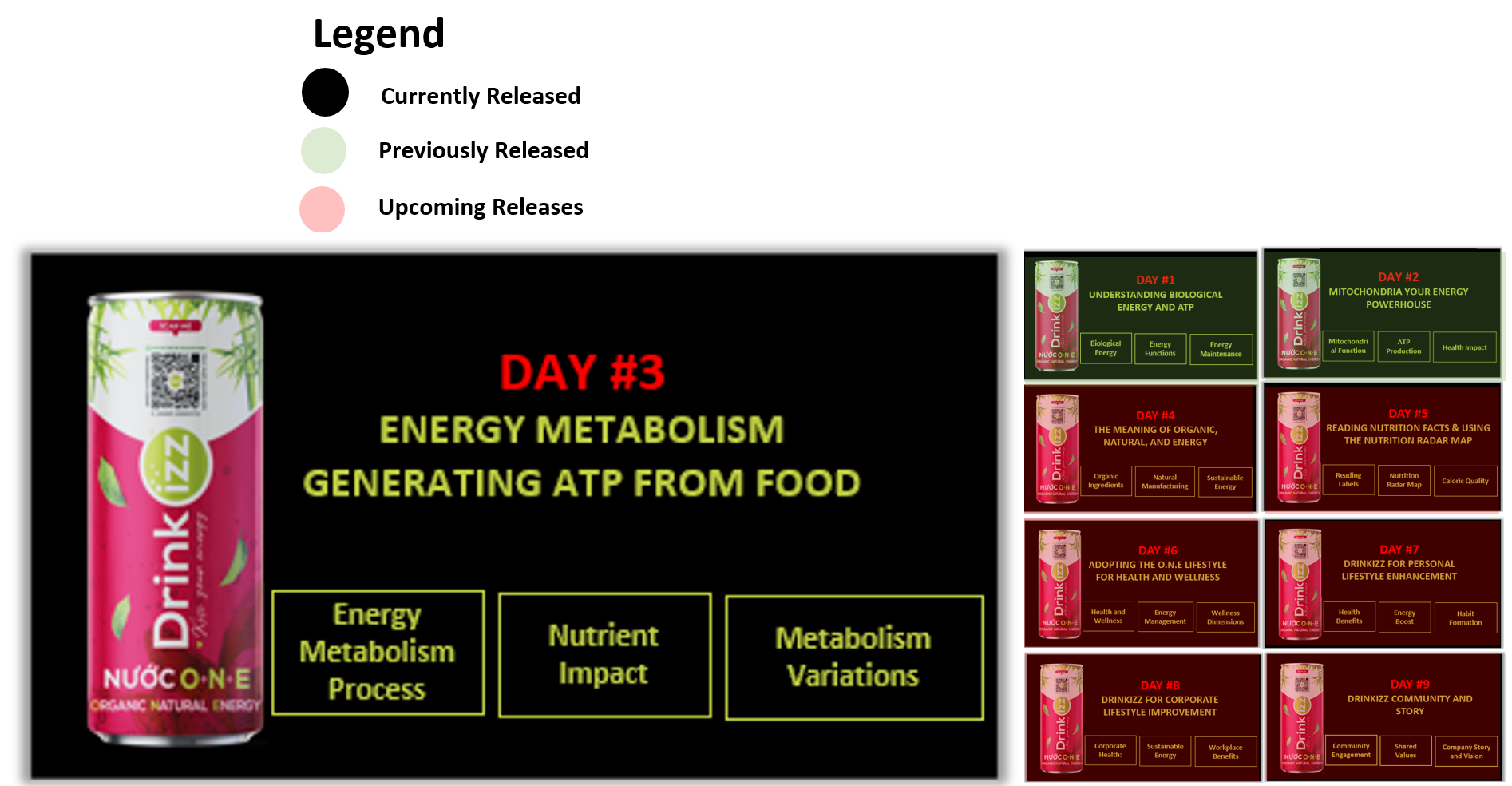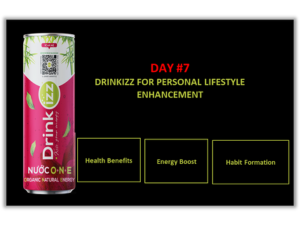
Hello friends,
Welcome back to our blog series on transforming your health and energy with Drinkizz! In Day #2, we explored the intricate world of mitochondria, your cells’ powerhouses. Today, on Day #3, we’ll delve into the process of energy metabolism and how our bodies convert food into ATP, the energy currency that powers every cellular function.
Energy Metabolism Process:
Energy metabolism is the process by which our bodies convert food into ATP. “The process that the mitochondria produces ATP energy that we said above, is called energy metabolism” (p. 8). This complex process involves breaking down carbohydrates, proteins, fats, and alcohol to release energy. Each type of nutrient provides different amounts of energy, measured in kilocalories (kcal) or kilojoules (kJ).
Nutrient Impact:
Understanding how your body metabolizes different nutrients can help you make better dietary choices. For instance, “Empty calories are high-calorie foods that contain little to no nutrients” (p. 8), which can lead to energy crashes. On the other hand, nutrient-dense foods provide sustained, healthier energy, enhancing your productivity and overall well-being.
Metabolism Variations:
Carbohydrates, proteins, fats, and alcohol each play a unique role in energy metabolism. Carbohydrates are typically the body’s preferred source of energy, providing 4 kcal/g. Fats, on the other hand, are more energy-dense, offering 9 kcal/g, and are often used for long-term energy storage. Proteins, which provide 4 kcal/g, are primarily used for building and repairing tissues but can also be a source of energy. Alcohol provides 7 kcal/g and can be metabolized for energy, although it is not an ideal source.
Optimize your energy metabolism with the right nutrients. Learn more by downloading the Drinkizz handbook here and subscribe to our YouTube channel and LinkedIn to stay updated with our daily posts.






